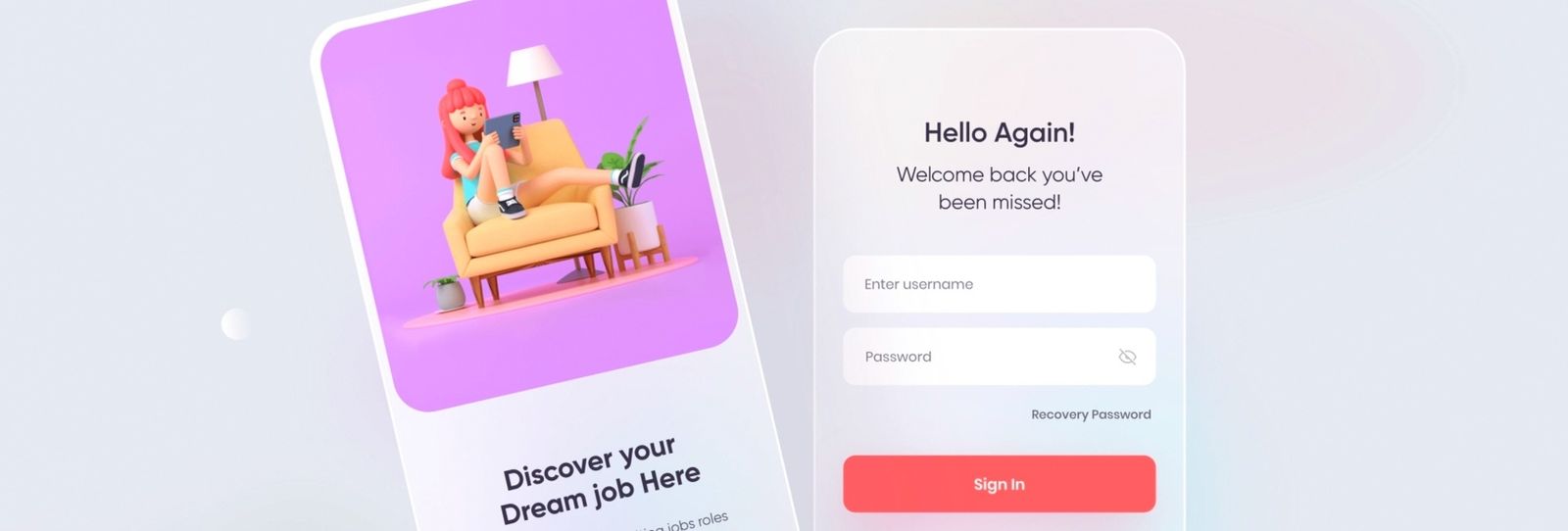404
"Oops! You weren't supposed to see this.
The page you're looking for no longer exists. Return to the home page and remember: you haven't seen anything."
Hang in there. Keep reading! Have you ever come across a witty message like this? If yes, have you ever wondered where it comes from or who created it? The lead character of this text is the UX Writer, the person responsible for crafting the words or phrases in the user interface. In other words, the genius behind the microcopy you see in apps, websites, and other digital products users must navigate through.
You may wonder what the difference is between the UX Writer and the Copywriter. Well, the first one focuses on the user experience and in the texts he creates to guide the user in an interface. On the other hand, the copywriter's primary purpose is to sell.
Why is microcopy so important?
Microcopy reduces the friction between people and machines. It transforms the relation from a robotic functional encounter to a personal human experience. Good microcopy will create a dialog with your users and a mutual relationship that can make them fall in love with your product. But don't think wrong; microcopy is not only text. It is the voice you hear when you speak to Alexa or the instructions you hear when driving with google maps.
Creating microcopy is not a piece of cake. UX Writers are responsible for creating A/B tests so that the text flow and the user experience is satisfactory. They must know their product and their audience very well. By doing this, visiting a website or using an app will be pleasant for your target audience; they will stick with you and not with the competition.
At the beginning of the software development, software engineers wrote this text, so it was too technical. Because of that, UX Writers were born. These experts saved the situation. Take a look at the before, and after screenshots you can find on the internet, and they will blow your mind.
UX Writers translate what is in the Back-End
UX Writers are the mediators between the user and all the work in the Back-End. They base their work on two principles: Clarity and usability.
Clarity: Let's suppose you are trying to sign into your Bank's account app to transfer some money, and you mess up your password for whatever reason. Then, you see this message: "Error-Failure."It is not very helpful, right? It might even annoy you. That's when the UX Writer comes in and makes clearer:
“Wrong password. The password you entered is incorrect.”
Usability: To help people get what they need. Or in this case:
“Try again or Recover the password.”
This is a basic example of how a simple word twist can make a difference. In practice, it is more profound than the message you received when having trouble remembering the password. It implies a product's success or not and avoids a drop in usage. The key is to find the balance between these two elements and don't forget the brand voice.
So what do you think? Can you name some of your experiences with the text you read on your favorite app or website? Is it easy to follow, or does it need some fixing?


